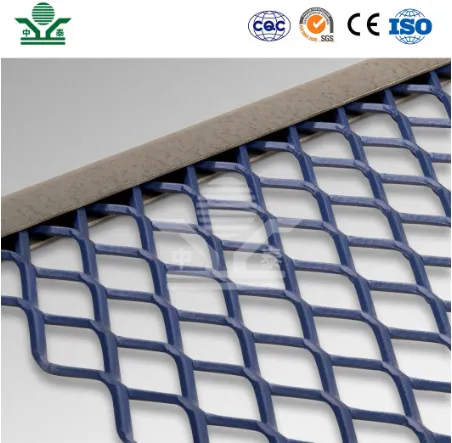The Versatility and Sustainability of Hemp Rope Nets
Hemp rope nets have been gaining popularity in various applications, from traditional uses in fishing and agriculture to modern innovations in art and interior design. As society shifts towards more sustainable practices, hemp, one of the oldest cultivated crops, provides a renewable resource that is both durable and versatile. This article delves into the significance of hemp rope nets, exploring their benefits, applications, and environmental impact.
Historical Context
Hemp has been utilized for thousands of years across different cultures for its strong fibers and natural resilience. Historically, hemp rope was essential for maritime activities, construction, and agriculture. Hemp rope nets have played a crucial role in fishing, helping fishermen to create traps and nets that are strong enough to withstand the chaos of the ocean while being light enough to handle easily. The utility of hemp in such applications can be attributed to its excellent tensile strength and resistance to rot, especially when compared to synthetic alternatives.
Modern Applications
In today’s world, the use of hemp rope nets has expanded beyond traditional practices. They are increasingly employed in landscaping, providing support for climbing plants and serving as an eco-friendly option for trellises. In the art community, hemp nets are being creatively used in sculpture and installation art. Their unique texture and organic appearance add an earthy element to artistic expressions. Furthermore, in interior design, hemp rope nets can be used in various ways, including as innovative decorative wall hangings or as functional elements in room dividers.
hemp rope net

Environmental Benefits
One of the most compelling reasons to embrace hemp rope nets is their environmental impact. Hemp cultivation requires significantly less water and pesticide than cotton, making it a substantially more sustainable choice. Additionally, hemp plants absorb carbon dioxide, contributing to carbon sequestration efforts crucial for combating climate change. The biodegradability of hemp rope nets means that they will not contribute to plastic pollution. This feature aligns perfectly with global efforts to reduce plastic waste and promote environmentally friendly materials.
Durability and Strength
Hemp fiber is known for its remarkable durability, which is essential for products designed to withstand tension and wear. Hemp rope nets can endure harsh weather conditions, making them suitable for outdoor use. They exhibit excellent resistance to mold and mildew, further enhancing their longevity. As a result, consumers and industries alike are turning to hemp rope nets as a sustainable alternative that does not compromise on performance.
Conclusion
Hemp rope nets are not just a nod to the past; they represent a sustainable future. As we continue to seek alternatives to synthetic materials that are prevalent in our daily lives, hemp offers a return to practicality while remaining eco-friendly. With applications spanning from agriculture and fishing to art and design, the versatility of hemp rope nets cannot be overstated. Embracing materials that align with sustainable practices is essential as we move towards a greener future, making hemp rope nets an excellent choice for individuals and industries alike. With their strength, durability, and environmental benefits, hemp rope nets exemplify how tradition and modernity can harmoniously coexist in creating a sustainable future.
-
Why Galvanized Trench Cover Steel Grating Resists Corrosion
NewsJul.10,2025
-
The Versatility and Strength of Stainless Expanded Metal Mesh
NewsJul.10,2025
-
Load Calculations in Steel Grating Platforms
NewsJul.10,2025
-
Keeping Pets and Kids Safe with Chicken Wire Deck Railing
NewsJul.10,2025
-
Hole Diameter and Pitch for Round Perforated Metal Sheets
NewsJul.10,2025
-
Aluminium Diamond Mesh in Modern Architecture
NewsJul.10,2025
Subscribe now!
Stay up to date with the latest on Fry Steeland industry news.

